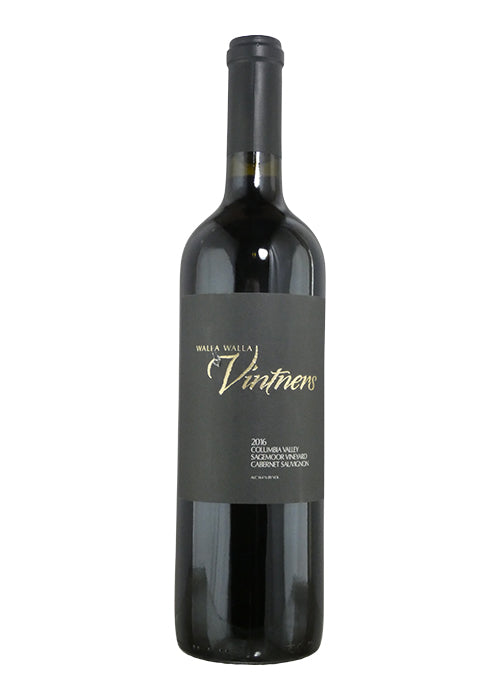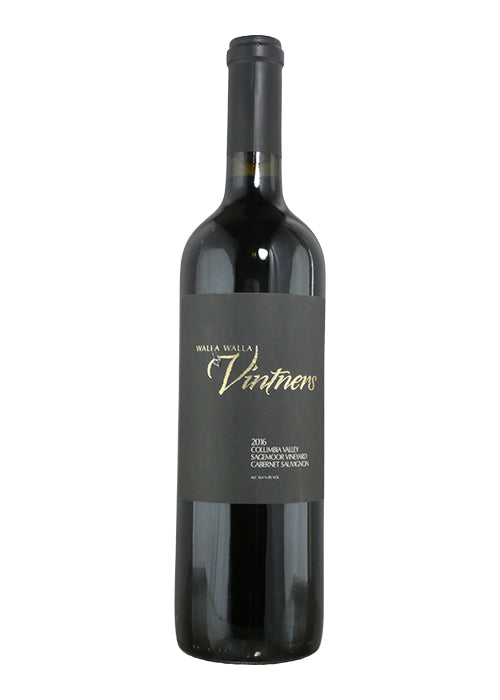1
/
of
1
- Home
- Wines: Cabernet Sauvignon
- Walla Walla Vintners Cabernet Sauvignon Sagemoor Vineyard - 2016 (750ml)
Walla Walla Vintners Cabernet Sauvignon Sagemoor Vineyard - 2016 (750ml)
Walla Walla Vintners Cabernet Sauvignon Sagemoor Vineyard - 2016 (750ml)
Regular price
$89.99
Sale price
$89.99
Regular price
$649.99
Unit price
/
per
Availability:
1 In Stock
$25 Shipping on Orders +$299
Couldn't load pickup availability
Share :

- varietal
- Region
- Sub - Region
- Type
- Reviews
Pinot Noir is responsible for some of the world’s finest wines. Famed for producing the red wines of Burgundy and the Côte d’Or in particular, it is now widely grown in cool climates across Califonia and Oregon, and with increasing success in New Zealand. Although typically used to produce varietal wines, Pinot Noir makes a significant contribution in the wines of Champagne, where it is vinified as a white wine and blended with Cardonnay and Pinot Meunier. On the whole, fresh summer fruit of strawberries, raspberries and red cherries tend to be the identifying qualities, however richer versions express darker fruit including black cherries (kirsch), cherry cola, leather and violets to name a few.
Two hundred miles south east of Paris lies the famous and historic wine region, known in French as Bourgogne. The Cote d'Or, the heartland of the region, consists of two distinct sub-regions split on either side of the town of Beaune.The Côte de Nuits to the north, includes the famous villages of Vosne-Romanee, Gevrey-Chambertin, and Nuits-Saint-Georges and are known primarily for making red wine from Pinot Noir.Although The Côte de Beaune to the south still makes some magnificent reds (see Volnay and Pommard), white wine made from Chardonnay is the main focus. The most famous villages are Puligny-Montrachet and Meursault. Burgundy has three other important regions. The village of Chablis (exclusively Chardonnay) encompassing the region's most northerly vineyards. The Côte Chalonnaise and Mâconnais to south are quantitatively speaking more important. Agriculture is more diverse with a significant portion of the land devoted to livestock and arable farming.
Vosne-Romanee is considered by many as the greatest Pinot Noir vineyard, producing, in small amounts, some of the most prized and expensive wines in the world. Why? Because it strikes a balance between power and subtle finesse that no other terroir is capable of. The village has six, or eight (if you also consider Echezeaux part of the appellation) of the twenty-four great vineyards in the cote de Nuits. Four of the six vineyards are monopole (owned by one grower) including; La Romanee and La Grande Rue, owned by Chateau de Vosne-Romanee and Domaine Fancois Lamarche respectively and Romanee-Conti & La Tache owned by Domaine de la Romanee Conti (DRC). Although DRC also has principal shares in the remaining two grand crus, Richebourg and Romanee-Saint-Vivant. There are 14 premier crus, of which Maleconsorts, Brulees, Suchots, Beauxmonts, Les Chaumes, and Close des Reas, generally considered among the finest. Interestingly Les Beauxmonts extends into Flagey-Echezaux but they, like its village wines, are bottled and sold as Vosne-Romanee.
Red wine is wine made from dark-coloured grape varieties. The color of red differs based on the grapes variety or varieties used.
Interestingly, black grapes yield a juice that is greenish-white. The actual red color comes from anthocyan pigments (also called anthocyanins) from the skin of the grape (exceptions are the relatively uncommon teinturier varieties, which produce a red colored juice). Most of the production centers around the extraction of color and flavor from the grape skin.


